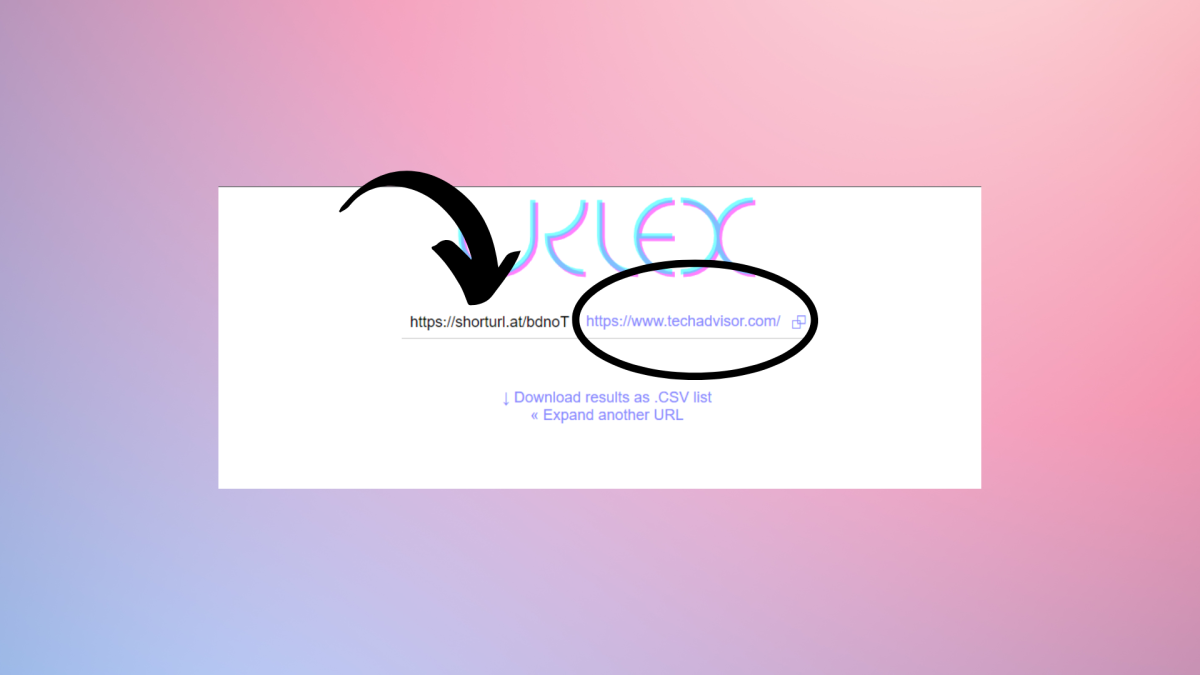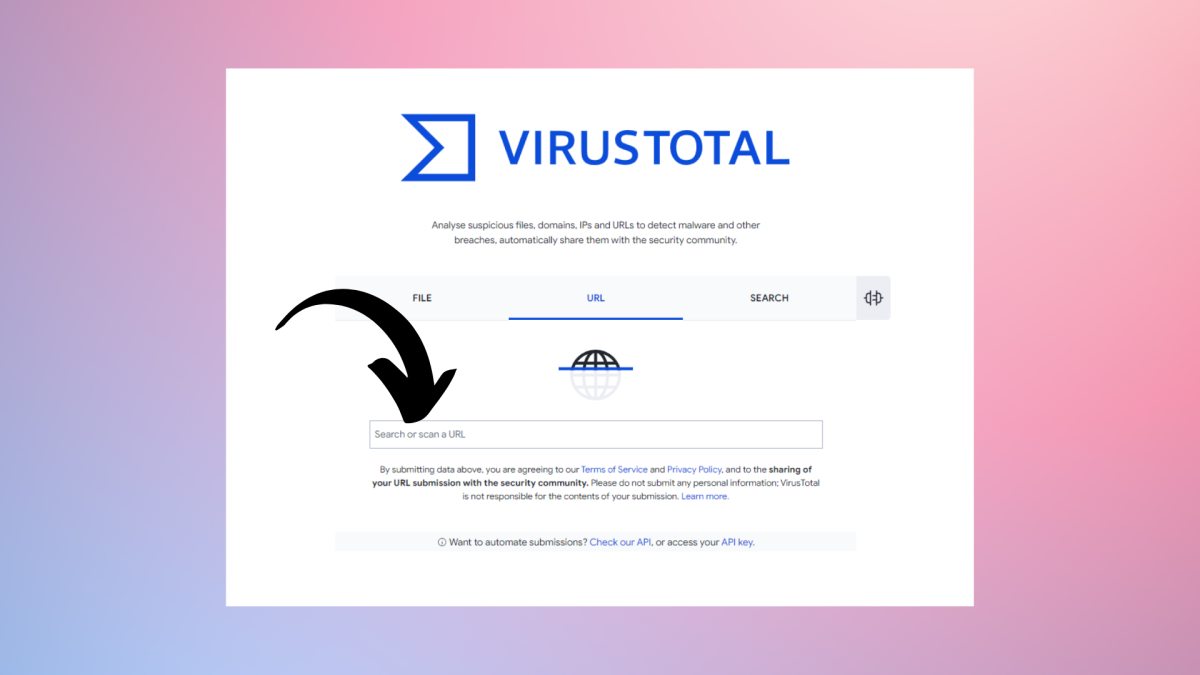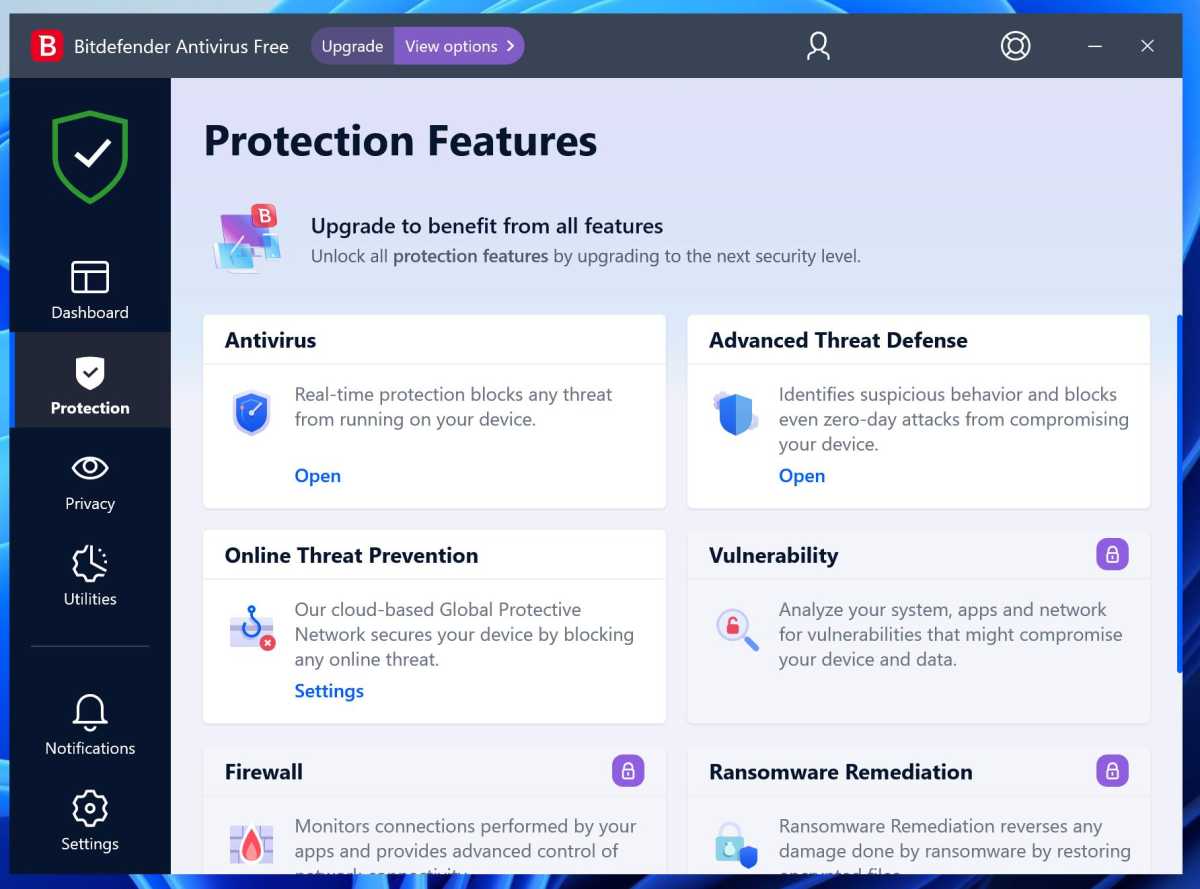Table of Contents
The Internet provides unprecedented connectivity and access to information, but it also brings increasing risks and scams every year.
Bad actors are becoming increasingly imaginative with their plans. Not only can you come across viruses embedded in files (and here’s how to check if a specific file contains a virus), but phishing via fake links and malicious redirects is now more common than ever.
Fortunately, there are ways to check if links are safe before clicking on them. Here’s how to make sure you’re not about to make a terrible mistake.
Check the sender again
Adrian Sobolewski-Kiwerski / Foundry
The first thing you should do when you receive a suspicious link – or any link – is check the sender. When using Gmail, you can click the little arrow under the sender’s name to expand the details and check the full email address. This should help you determine if the account is genuine.
But even with genuine senders – especially on platforms like Facebook or WhatsApp – you should remain cautious. Sometimes an account may have been hacked and if you use a well-known name you can trust it and click on something nefarious.
Compare the address if it is a well-known website

Adrian Sobolewski-Kiwerski / Foundry
The next step is to check if the link you get is the same as the link to the website you know. This is easiest on the largest sites, such as Amazon. A real link has the same beginning as a normal website – that’s amazon.co.uk (or .com/.de etc). It will only differ later, with the product it links to.
If you see anything different at first, it could indicate a scam. For example, the link was something like amazon-deals.com, which is a completely different website, even though it looks like something official. Usually it’s not a problem if the section before Amazon.com is different. Say a link takes you to accounts.amazon.com, then it would almost certainly be legitimate, because the last part – amazon.com – is the same, so it’s just another part of the same site.
Phishing links often try to appear as close to well-known brands as possible to gain your trust, so be wary if something is added to something you know. And check the URL for typos: scammers register websites that people mistype to profit from their mistake.
If you get a shortened URL, use link expander

Adrian Sobolewski-Kiwerski / Foundry
Sometimes a link you receive is unreadable or just a bunch of nonsense. It could mean it has been shortened. Before clicking on the link, it is wise to review the entire redirect so you know where it will take you. Fortunately, it’s very easy.
To make the link complete again, all you need to do is use one of the many free extensible tools online. You just paste your shortened link there and they’ll give you the entire URL in an instant. Here is a list of some of the most popular:
Use a link checker

Adrian Sobolewski-Kiwerski / Foundry
Sometimes you just don’t feel like doing the above things yourself. Luckily, some tools do that job for you, and do it quite well. Link checkers are the most popular. Most operate online and monitor the website that you paste into a few security databases. This not only means you don’t have to do a lot of work yourself, but you can also be sure that the security check is really thorough.
Here are some of the most popular link checkers:
Use security software

Foundry
While these methods all work, they are essentially a second line of defense. Your primary method should be antivirus software that works no matter what web browser you use, and protects your device from malware.
Most antivirus security suites also have an email scanner that checks for suspicious attachments and also warns you about phishing links in emails and blocks dangerous websites.
If you only use the built-in Microsoft Defender, you may want to check out our roundup of the best free antivirus software and choose a package that offers more comprehensive protection.

